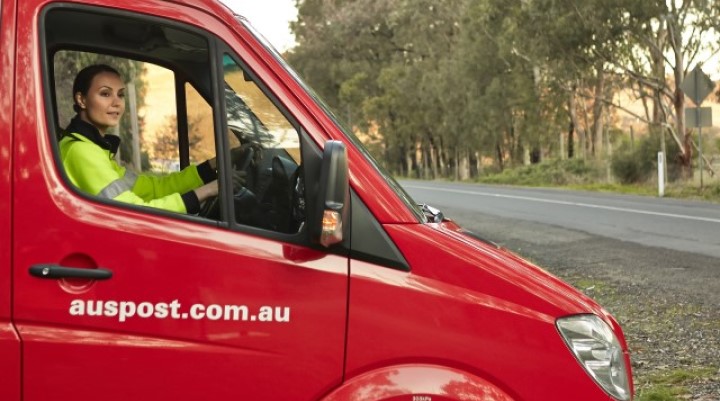Retailers around the country were left reeling over Father’s Day weekend as Australia Post made the decision to temporarily cease all parcel collections to help cope with overwhelming demand. Retailers who are wholly reliant on large-scale delivery providers such as Australia Post should take this announcement as a stark warning for the months ahead. Sure, Australia Post is almost ready to resume normal operations, but in reality, back-dated online orders are likely to result in more delivery
ry pauses all the way up until Christmas.
Delivery is no longer optional but critical for the survival of a retail business. A robust logistics structure is the vital glue that will hold retail businesses together going forward. The decision is a reminder to all retailers that the pandemic has altered the e-commerce market, perhaps forever.
It’s what consumers expect
Despite the small glimmer of hope around eased restrictions, consumers are now completely used to the simple convenience of delivery that they’ve enjoyed in lockdown. Online shopping and accurate door-to-door delivery is no longer a luxury – it is expected – and it is not enough to simply get the product to the right person, within a reasonable time frame. While bricks-and-mortar stores will undoubtedly return in some form soon, e-commerce will continue to boom.
Today’s customer wants to be kept in the loop on their order. They want to know when their purchase has left the warehouse, when their package will arrive, and where the driver is at any given moment.
In a recent Zoom2u nationwide survey, 83 per cent of customers said they’d like to be able to track their deliveries in real-time, and 71 per cent claimed they would buy more online if it was guaranteed orders would arrive on time.
And while retailers are not to blame for the recent postal delays, the negative consequences are falling solely at retailers’ feet. Our survey showed 86 per cent of online shoppers agree that a bad delivery experience would influence their decision to buy from that retailer again. Ultimately, it is the retailers who will take the reputation hit from this pause, not Australia Post.
Fixing your logistics
In order to meet consumer demand going forward, retailers must have a long, hard think about how their logistics setup is structured. If the Australia Post situation has shown us anything, it’s that brands must no longer put all their eggs in one basket.
Many retailers have existing physical stores that may be gathering dust and burning a rental hole in the pocket. Transforming these locations into micro warehouses to act as smaller distribution centres in this environment could prove to be very useful in the weeks running up to Christmas.
Retailers should consider setting up multiple locations and an additional delivery partner to ferry orders to and from their independent distribution centre. This option is becoming increasingly popular and has been successful for brands such as Pet Barn and Nespresso, which offer this in metro areas across the country. In addition to using Australia Post for their standard delivery, these brands use multiple standalone stores across metro areas as micro warehouses to deliver in as little as one hour.
We want our order, and we want it now
Consumers’ growing demands around online delivery are, in part, a result of what Nobel laureate Richard Thaler coined the ‘endowment effect.’ This effect comes into play because individuals value something that they already own more than something that they do not yet own. Once we purchase something from a retailer online, we experience an innate sense of ownership that gives us more value to it. Customers immediately start picturing all the ways the new purchase will bring us joy or add value to our lives.
This is an important insight for retailers, who must remind themselves of the intense feelings that waiting for delivery brings about in our customers’ minds. In a brick-and-mortar scenario, the stretch of time between purchase and use is minuscule, because the product is already in their hands. When purchasing online, however, the tension between our sense of ownership and a delay in delivery can make many customers tense, anxious, and agitated.
Retailers must be aware of this fact, and plan their delivery and logistics structures accordingly. The aim should simply be to deliver as fast as possible, to get the product in the customer’s hands in a timeframe that stops the endowment effect from fully kicking in. Same day and next day delivery options are the perfect solutions for customers who are particularly prone to the endowment effect, and many will happily pay extra for the knowledge that the product will be in their hands faster.
The problem comes when we rely on large-scale delivery providers such as Australia Post to make that happen. The company’s temporary freeze on deliveries over the weekend is proof that the business simply can’t keep up with ever-increasing consumer expectations.
It is time to seek new, innovative ways to deliver, without being fully dependent on large-scale delivery partners to carry the load because this isn’t a one-off, and the pause is by no means a permanent fix. As we head towards Christmas, it’s time for retailers to seriously consider alternative and additional ways to deliver the goods.

